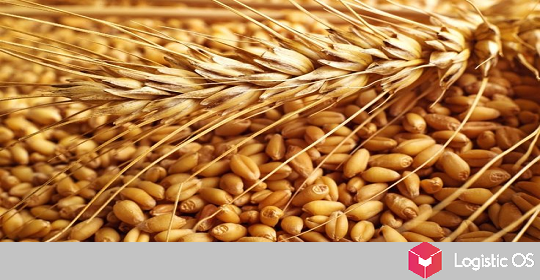Currently, AI technologies are actively used in agriculture, and they show themselves especially well when used together with other technologies.
Today, artificial intelligence allows not only to significantly reduce human involvement and labor costs in agriculture, but also to bring it to a new level of efficiency.
For example, to predict the yield of corn, it was previously necessary to perform a wide range of work: measure the height of several plants with a tape measure, measure the reflected light from these plants, and also use chemical analysis of the pulled out plants.
All this required the scientist to spend several hours in each field.
Currently, many types of work can become a thing of the past, since there are artificial intelligence technologies, as well as modern research technologies.
For example, images from satellites or drones.
Special sensors can see much more than the human eye, experts note.
Hyperspectral and lidar remote sensing data practically replace chemical analysis, since they allow conclusions to be drawn about what substances and in what quantities are contained in the stem and leaves of the plant.
Not to mention that the speed of surveying with drones is tens of times higher than manual field surveys.
Finally, artificial intelligence, namely a neural network with self-learning capabilities, can provide very accurate forecasts and recommendations.
The idea is to regularly enter data and survey results from different fields over several years, and then inform the neural network about the final yield of each field.
As a result, the system begins to find patterns, even those that are not obvious to humans.
AI is also an indispensable tool for breeders.
“Plant breeders can see how different traits react to different conditions, which will help select the right characteristics for future more resistant varieties.
Producers can also use this to see which varieties may be best suited for their region,” says geomatics specialist Mitch Tuinstra.
At the same time, the introduction of AI into agriculture is just beginning, experts believe, and it has very great prospects.
But it is already obvious that, over time, such technologies will be able to significantly help researchers and farmers both in creating new crops and in increasing their productivity and yield.

